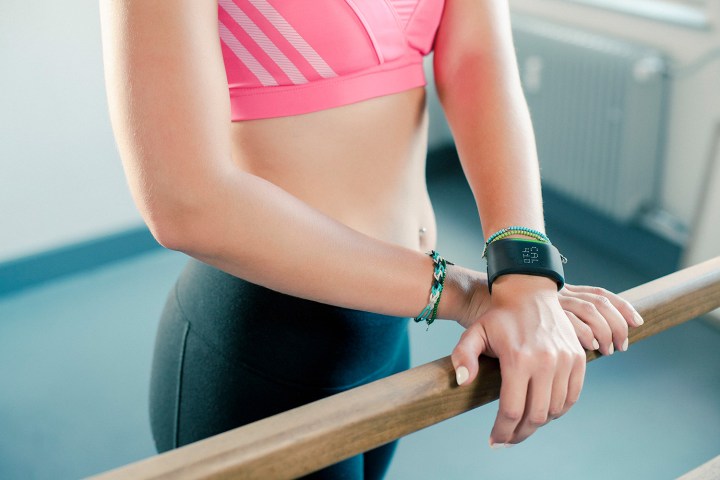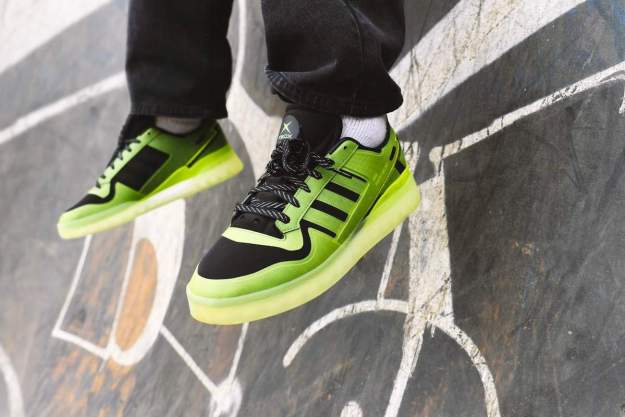
You may be uttering to yourself, “I didn’t even know Adidas made fitness trackers,” which goes some way to explaining why the company is shuttering its hardware unit — it found it hard to make an impact in a highly competitive market.
A strong hint that Adidas was laying the groundwork for restructuring came last year when Stacey Burr, VP of wearable sports electronics at the company, suggested that “we’re not going to see a new running watch from Adidas for a while.”
Adidas’s wrist-worn efforts included the miCoach Smart Run, a “fitness smartwatch” launched in 2013, followed in 2014 by the miCoach Fit Smart tracker.
There was talk earlier this year of a Chameleon fitness tracker, and while Adidas is yet to say either way where it might be going with its plans for the device, this week’s announcement suggests it’s been put on hold, if not entirely abandoned. We’ve reached out to Adidas for more information and will update when we hear back.
The sports company is also known to have greenlit an Adidas edition of Fitbit’s Ionic smartwatch, a project that Fitbit appears determined to continue with, although Adidas’s input appears to be somewhat minimal. The device is expected to launch in 2018.
Commenting on its recent strategic shift, Adidas said in a statement it was redefining its approach “toward digital, sharpening our focus on digital experiences.”
The German sports firm confirmed that it will be closing its stand-alone digital sports division and would “consolidate the Adidas app eco-system, focusing our efforts on two powerful brand platforms: Runtastic and the Adidas app. We are integrating digital across all areas of our business and will continue to grow our digital expertise in a more integrated way.”
Like Adidas, another sports giant, Nike, also put its hardware efforts on the back burner, focusing on enhancing its connected experience through partner platforms like Apple Watch.
As for Adidas, it doesn’t appear to be completely shutting the door on producing wearable devices in the future, but for the time being the company is intent on focusing on software and potential partnerships to build its presence in the space.
Editors' Recommendations
- Fitbit cleared to launch new feature that could save lives
- OxeFit XS1 tracks your workout form and suggests real-time improvements
- Adidas partners with Grammy-nominated rapper Quavo on trio of earbuds
- Kim Kardashian spotted wearing unannounced Beats Fit Pro
- Are smartwatches and fitness trackers making us more anxious?


